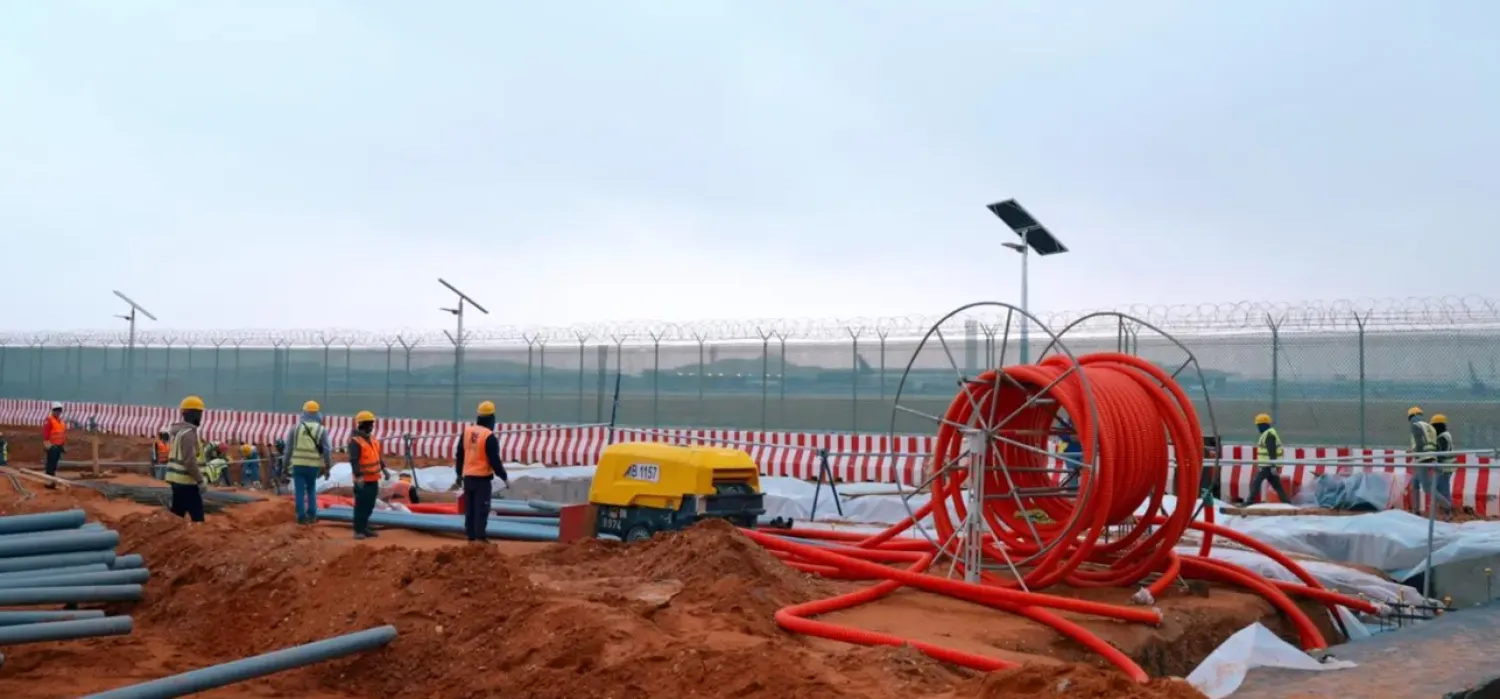Economic analysts predict that Saudi Arabia’s petrochemical companies will continue to post strong profits in their financial results for the next two quarters of 2024.
They noted that the financial results from the previous two quarters demonstrated solid operational efficiency, increased sales, and the sector’s ability to adapt to changing market conditions. This positive outlook is also supported by improving market conditions and rising demand for petrochemical products.
Companies in the petrochemical sector listed on the Saudi stock exchange (Tadawul) saw a significant increase in net profits by the end of Q2 2024, with a 62% rise to SAR 3.18 billion ($800 million), compared to SAR 1.96 billion ($500 million) during the same period in 2023—an increase of SAR 1.22 billion ($326 million).
This growth in profits is attributed to improved profit margins, higher average prices for key petrochemical products, and an increase in both production and sales volumes.
The sector comprises 11 companies, including SABIC, SABIC Agri-Nutrients, Yansab, Sipchem, Saudi Group, Nama Chemicals, Tasnee, Advanced, Alujain, Chemanol, and Kayan Saudi.
According to their financial disclosures on Tadawul, all sector companies posted net profits in the second quarter of 2024, except for Kayan Saudi and Chemanol, which reported losses of 36% and 177%, respectively.
SABIC accounted for approximately 69% of the sector’s net profits in Q2 2024, with an 85% growth, raising its profits to SAR 2.18 billion, compared to SAR 1.18 billion in Q2 2023. SABIC Agri-Nutrients ranked second in terms of profits, achieving SAR 705 million by the end of Q2 2024, up from SAR 651 million in the same period of 2023.
Yansab saw the highest profit growth among sector companies, with a remarkable 720% increase, reaching SAR 224.8 million in Q2 2024, compared to SAR 27.4 million in the same quarter of 2023.
Mohamed Hamdy Omar, CEO of G-World, told Asharq Al-Awsat that the petrochemical sector is crucial to the Saudi market. The sharp rise in net profits in Q2 2024, led by SABIC, reflects strong recovery and growth, with the sector reporting a 62.4% increase in profits.
He further expected this performance to boost investor confidence and align with Saudi Arabia’s economic diversification goals. However, he emphasized the need for sustained growth to confirm the positive trend, especially given the sector’s sensitivity to external factors such as global economic conditions, oil prices, and geopolitical developments. These factors must be closely monitored for a more comprehensive outlook.
Financial markets expert Obeid Al-Muqati predicted that some stocks within the sector, currently trading at lower market values, could achieve new highs.
He also noted that SABIC, as the leading stock in the sector, tends to reach new highs every two to three years.
He described SABIC as an attractive acquisition target, with the petrochemical sector poised for significant growth in the coming years, potentially surpassing its previous highs.
SABIC’s movement typically influences other companies in the sector, including those in cement, gas, and manufacturing, which are all part of the Basic Materials Index, comprising 45 companies, he added.









